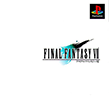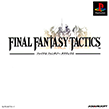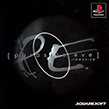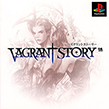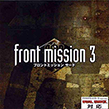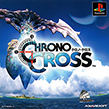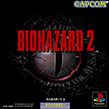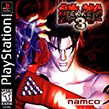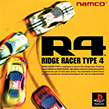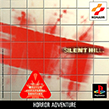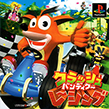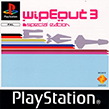In the early 1990s, video game enthusiasts, industry professionals and game-focused media had only one question on their minds: who from Sega or Nintendo would prevail in the new generation of video game consoles war. It turned out Sony, a newcomer in the market came out as the big winner.
UR NOT E
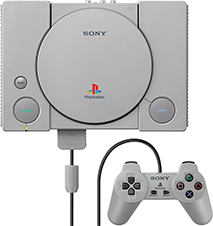
I saw the PSX in action several months before its Japanese launch, on my first day of work at Sony Psygnosis in August of 1994. A very basic tech demo running on an early alpha hardware hosted inside a Sony NEWS workstation was showing off a menacing three-dimensional Tyrannosaurus rex on a looping animated walk cycle.
Jurassic Park’s bleeding edge photorealistic CG dinosaurs had blown moviegoers’ mind the previous summer, marking a major milestone in 3D imagery in film, but no one actually expected such advanced technology to hit the living rooms so soon through a mainstream game console.
The launch of the PlayStation in December of 1994 signaled a sudden seismic shift to three-dimensional gaming and the eventual downfall of traditional 2D sprites and bitmap art of past generations.
Selling over 102 million units during its ten-year life-span, Sony’s first video game system spawned a library of over 2,300 titles from which a handful of games stood out as innovative and groundbreaking.
These are some of the PlayStation games that impressed me the most as a player and influenced me as a game developer.
TACTICAL ESPIONAGE ACTION
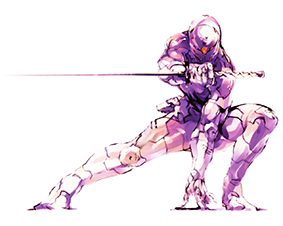
Whenever I am asked what my favorite video game of all time is, I laugh and say it’s an impossible question, but if pressed, I invariably answer Metal Gear Solid.
Hideo Kojima’s 1998 masterpiece redefined the stealth action genre, but it was so much more than that. Metal Gear Solid raised the bar in practically every area of game design, from the unbelievably well-tuned gameplay mechanics to the memorable presentation, the unique plot twists, the offbeat humor and “meta” situations, the inspired character design, the compelling boss battles, the excellent voice acting and cinematic score, etc.
Some would inevitably question the absurd storyline and often laughable dialogues, but the consistent attention to detail in the gameplay was arguably above and beyond anything that had come before, and certainly remained unequaled on the PlayStation.
I played Metal Gear Solid through and through multiple times and still occasionally reference it during game design brainstorms. I truly believe that this is as close to the perfect game as one could ever hope to get.
Alright everyone, let’s mosey!
Between 1987 and 1995, Square established itself as the perennial role-playing video game powerhouse for Nintendo consoles. But with Final Fantasy VII, the Tokyo-based publisher really took it up a notch.
In 1996, Square broke its sacred union with Nintendo and jumped ship to develop exclusively for Sony. The move was supposedly to take advantage of the PlayStation’s CD-ROM over the storage limitations of Nintendo’s cartridges. Square’s gamble eventually paid off: Final Fantasy VII was a critical success and the second best-selling title on Sony’s platform. It also introduced me, along with a whole new demographic of North American and European players to the JRPG genre.
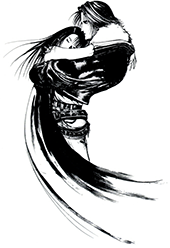
Every Square game I played on the PlayStation was undeniably good and so I always made a point of completing them all, regardless of their interminable lengths.
Final Fantasy VII , VIII and IX were genre-defining games that featured spectacular settings, original characters and epic boss battles.
Parasite Eve was a compelling modern-day survival horror action role-playing game set in New York City, and Square’s first M-rated title.
Chrono Cross was an indirect sequel to the critically acclaimed Super Famicom RPG, Chrono Tigger. Chrono Cross’ time travel thematic was accentuated by gorgeous visuals, a beautiful soundtrack and an innovative battle system.
Final Fantasy Tactics and Front Mission 3 were both tactical RPG games (known in Japan as “Simulation RPGs”), with a strong emphasis on the role-playing elements. The gameplay was set around a succession of gridded three-dimensional isometric battlefields. Final Fantasy Tactics’ fascinating political storyline and Front Mission 3’s endless mech customization were just out of this world!
Greatest Hits
Despite an impressively extensive catalog, only a handful of games can be regarded as as true PlayStation classics. These are in my opinion some of the better and most memorable titles.
Hideki Kamiya’s ambitious and memorable Biohazard 2 was a claustrophobic zombie-themed survival horror game with a unique feature: it had to be played multiple times, from the perspective of different protagonists, with the player’s decisions affecting subsequent playthroughs.
Biohazard 2 had just the right balance of unnerving macabre moments and adrenaline-pumping action sequences, a mix forthcoming titles in the series often failed to achieve.
I regard Tekken 3 as the best 3D fighting game of all times. A near-perfect port of Namco’s 1997 arcade game, Tekken 3 on the PlayStation had everything for it: stunning 3D graphics, intuitive controls for attacks, throws and combos, a wide-ranging roster of fighters to choose from, and an incredibly cheesy storyline.
I have never been a big fan of ultrarealistic driving simulators and usually preferred arcade-style racers, most notably the Ridge Racer series.
R4: Ridge Racer Type 4 was the last iteration of the popular franchise on the PlayStation and took its signature powerslide driving to a whole new level. R4 ran at a smooth as silk frame rate using a new ultra-detailed 3D engine. The game’s presentation was beautiful and the controls were on the money, especially when using Namco’s own Jogcon force-feedback steering wheel controller.
Silent Hill was a psychological survival horror game where in search for your missing daughter, you had to rush into the dark and foggy streets of an abandoned Midwestern resort town infested with spine-chilling creatures. Oh and all you could carry for a good part of the game was a pathetic flashlight…
I played through Silent Hill, while living in the basement of a vacant London townhouse, where all lights had been unintentionally left off and the rusty garden gate kept squeaking in the wind. Suffice to say that this game haunted me for years to come.
Naughty Dog’s Crash Team Racing was PlayStation’s true and only answer to Mario Kart 64. Everything from the track design, the AI balancing and the controls felt as good if not better than Nintendo’s rival racer.
Original, beautifully designed and incredibly well produced, Psygnosis’ Wipeout was one of the PlayStation’s European 1995 launch titles and served as an early technical showcase of the console’s graphical horsepower. Considered initially as an F-Zero clone for Sony’s console, Wipeout was certainly more inspired by Michael Powell’s 1988 futuristic anti-gravity racer Powerdrome. With its unique sci-fi style, supplemented by The Designers Republic’s awesome graphic design and a soundtrack featuring prominent electronic artists of the time, Wipeout became a cultural phenomenon.
DOT MATRIX WITH STEREO SOUND
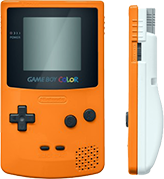
In 1998, nine years after the release of the original Game Boy, Nintendo finally introduced a color variant of its popular handheld console.
The Game Boy Color retained backwards compatibility with the older monochromatic Game Boy cartridges, while allowing developers to create more detailed and colorful titles.
Here are some of my all-time favorite Game Boy Color games: Pokémon Yellow (1998), The Legend of Zelda: Link’s Awakening DX (1998), Metal Gear: Ghost Babel (2000), Mario Tennis (2000), Pokémon Puzzle Challenge (2000).
Project Reality
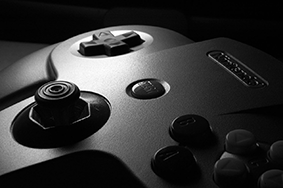
In 1993, Nintendo announced Project Reality, a collaboration with Silicon Graphics to create a new 3D-centric 64-bit game console, and the Nintendo 64 was released three years later to universal acclaim.
But despite introducing revolutionary hardware features, such as the very first analog stick on a home console, and ground-breaking new games, Nintendo eventually lost its market dominance and has been an underdog to Sony and Microsoft ever since.
At the time the N64 didn’t somehow appeal to me, the same way previous Nintendo consoles like the Super Famicom did, but I still remember enjoying some exceptionally innovative games on it.
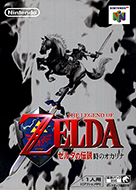
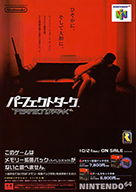
Nintendo EAD’s Super Mario 64 (1996) and The Legend of Zelda: Ocarina of Time (1998), and Rare’s GoldenEye 007 (1997) are three of the most influential games of all time. Each title pioneered a number of significant game design standards, including analog control schemes, character interaction in a 3D environment, target-lock systems, context-sensitive buttons, multiplayer death-match modes, story-driven single-player campaigns, zoomable sniper rifle mechanics, stealth and strategy elements in a first-person shooter, etc.
The fifth-generation of video game consoles was an era renowned for pivotal technological transitions such as 3D graphics and optical storage, but it was more significantly a period of time where the gaming medium became elevated to a new status as a legitimate form of entertainment, thanks largely to the PlayStation and the strength of Sony’s brand.

